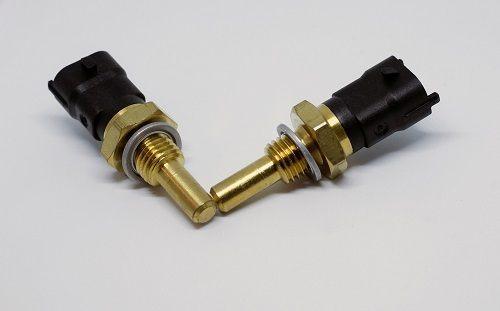If you are a mechanic, or just someone who likes to work on your own car, then you know that dealing with car sensors can be tricky. Car sensors are responsible for a lot of important tasks, such as getting information to the engine’s computer so it can make the right decisions about how much fuel to inject and when to ignite the air-fuel mixture. One of the most important sensors in your vehicle is the coolant temperature sensor. In this blog post, we will discuss some of the symptoms of a bad coolant temperature sensor so that you can troubleshoot it if it starts acting up.
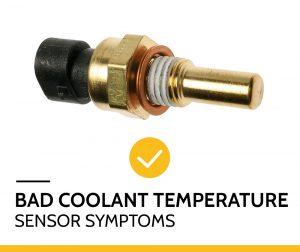
Symptoms of a Bad Coolant Temperature Sensor [hide]
What is a Engine Coolant Temperature Sensor?

A coolant temperature sensor (CTS) is a sensor used to monitor the temperature of the engine coolant. The CTS is located in the engine block, cylinder head, or inlet manifold. The sensor measures the temperature of the coolant and sends a signal to the engine control module (ECM). The ECM uses this information to adjust the fuel injection and ignition timing.
If the CTS is not working properly, it can cause a number of problems. The most common symptom of a bad coolant temperature sensor is engine overheating. This can happen because the ECM is not receiving the correct information about the coolant temperature. As a result, the ECM will not increase the coolant and air mixture enough to prevent overheating. Other possible symptoms of a bad CTS include engine stalling, erratic idling, and poor gas mileage.
If you suspect that your coolant temperature sensor is not working properly, it’s important to troubleshoot and replace it as soon as possible. Otherwise, you could end up causing serious damage to your engine.
How an Engine Coolant Temperature Sensor Works
The coolant temperature sensor monitors the temperature of the engine coolant. It is typically made from a thermistor, which measures changes in resistance as a function of temperature. The CTS is usually located near the cylinder head or intake manifold, and it sends a signal to the ECM.
The ECM uses this data to adjust the fuel injection and ignition timing. If the coolant temperature is too high, the ECM will advance the ignition timing to prevent engine knock. It will also increase the amount of fuel injected into the cylinders. These adjustments help to keep the engine running at its optimal temperature.
Coolant Temperature Sensor Location

The coolant temperature sensor is located on the engine block directly in front of the thermostat housing. The coolant temperature sensor lets your vehicle’s computer know when it’s time to switch from cold start to warm-up mode or from warm up to closed loop operation. This switchover happens when the engine reaches a pre-determined temperature. The symptoms of a bad coolant temperature sensor include poor fuel economy, stalling, hard starting, and engine misfires. If you suspect your coolant temperature sensor is failing, have it tested as soon as possible. A faulty sensor can cause serious engine damage if not fixed in a timely manner.
How to Diagnose a Deffective Coolant Temp Sensor?
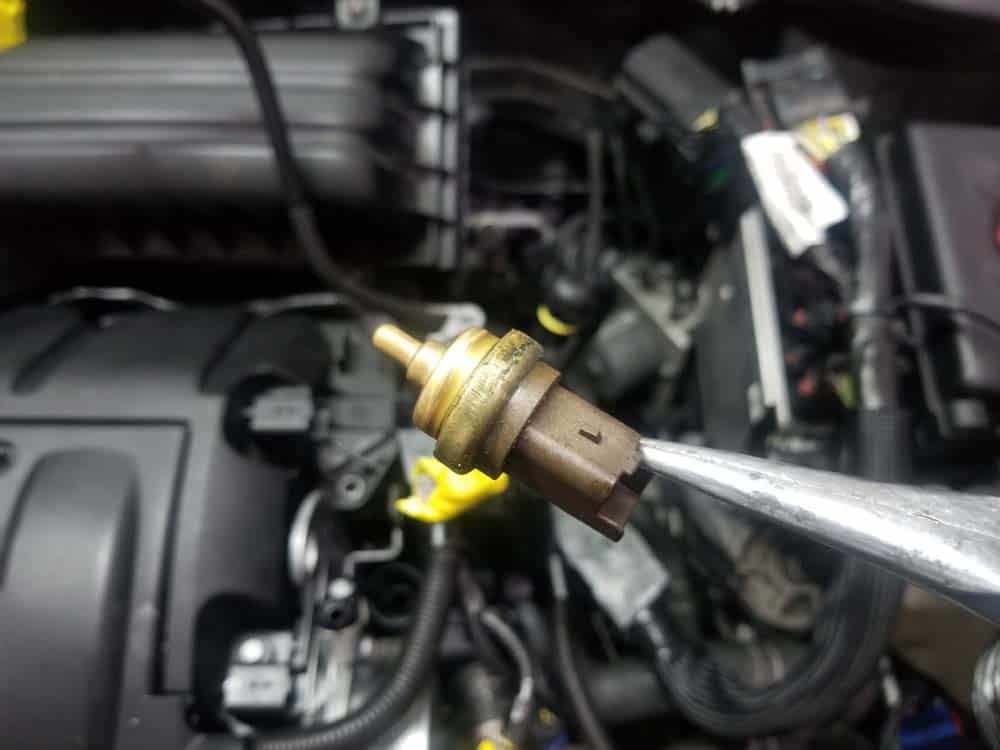
What are the symptoms of a bad coolant temperature sensor? A faulty coolant temperature sensor can cause your engine to run hot, or overheat. The sensor can also cause your engine to stall, or fail to start. If you notice any of these symptoms, it’s important to have your vehicle checked out by a qualified mechanic as soon as possible.
If you think your coolant temperature sensor may be failing, there are a few things you can do to test it. One way is to check the temperature of the engine coolant itself. If it’s higher than normal, this could be a sign that the sensor is not working correctly. Another way to test the sensor is to check the voltage output of the sensor. If it’s not within the normal range, this could also indicate a problem.
If your coolant temperature sensor does need to be replaced, it’s a relatively simple and inexpensive repair. However, if it’s not repaired or replaced in a timely manner, it can lead to more serious engine problems. Therefore, it’s important to keep an eye out for the symptoms and get your vehicle checked out as soon as possible if you think there may be a problem.
Bad coolant temperature sensors are one of the most common causes of engine overheating. If you notice any of the above symptoms, or if your engine is running hot, it’s important to have your vehicle checked out as soon as possible. A mechanic can quickly determine if the problem is related to a faulty coolant temperature sensor, and make any necessary repairs so that you can get back on the road in no time.
Common Signs Your Coolant Temperature Sensor May Be Failing
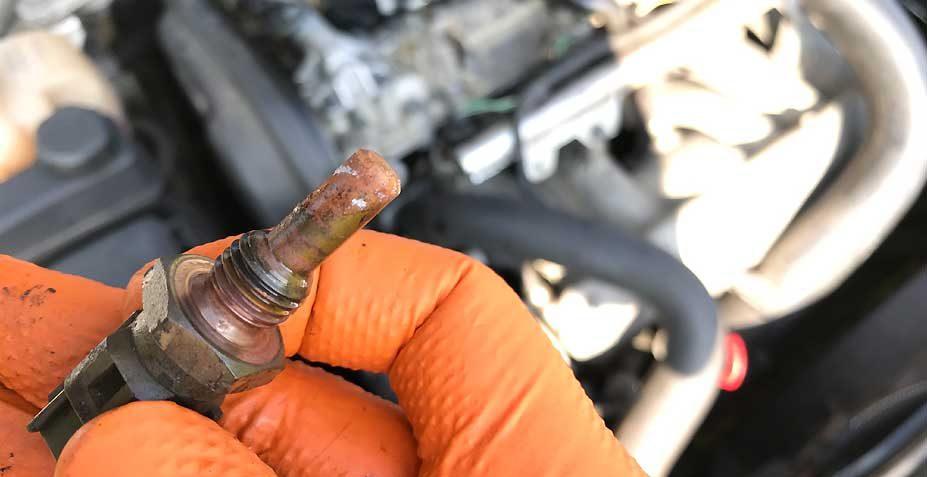
Your engine is designed to run at a specific temperature that’s determined by the ideal ratio of fuel and air. Too much or too little of either, and your engine will run inefficiently, potentially causing damage. The coolant temperature sensor plays a vital role in maintaining this temperature balance.
This sensor monitors the temperature of the coolant and relays this information to the engine control unit (ECU). The ECU then adjusts the fuel/air mixture accordingly. If the sensor is not working correctly, it can cause a number of problems.
Here are some common signs that your coolant temperature sensor may be failing:
- Check Engine Light Comes On
One of the first signs that your coolant temperature sensor may be failing is if the check engine light comes on. This is because the sensor is responsible for monitoring the temperature of the coolant, and if it stops working properly, your car’s computer will register an error. This is possibly the most obvious sign that your sensor has failed. If your coolant temperature sensor is not working properly, it will alter the fuel/air mixture in your engine. The ECU will then display a warning that signals an issue with the sensor.
- Difficulty Starting Your Engine
A failing coolant sensor can cause a delay in your engine’s ignition timing. This can make starting your engine more difficult, especially in cold weather.
- Poor Fuel Economy
If your ECU is receiving inaccurate information about the temperature of your coolant, it will adjust the fuel/air mixture accordingly. This can lead to poor fuel economy as your engine will be running less efficiently. So, if you’re noticing that your fuel economy has gone down, this could be another symptom of a failing coolant temperature sensor. This is because the sensor affects the way your car’s engine runs, and if it’s not working properly, your car will use more fuel to compensate.
- Engine Overheating
If your car’s engine is running hot, this could be a sign that there is a problem with the coolant temperature sensor. This can cause serious damage to your vehicle, so it’s important to have it checked out as soon as possible. As the coolant temperature sensor is responsible for monitoring the temperature of the coolant, a failing sensor can cause your engine to overheat. If you notice that your engine is running hotter than usual, it’s worth checking the sensor.
- Rough Idling
A failing coolant sensor can cause your engine to run leaner than usual. This can result in a rough idle as the engine is not receiving the correct amount of fuel.
If you notice any of these symptoms, it’s important to have your vehicle checked by a mechanic as soon as possible. A failing coolant temperature sensor can lead to serious damage to your engine, so it’s important that you address the problem as soon as possible.
Bad Coolant Temperature Sensor
The coolant temperature sensor (CTS) tells the ECU and any other engine components that rely on it the current temperature of your engine’s coolant. This information is valuable because, among other things, it can let your car know when to turn on its air conditioner. Not surprisingly, a CTS failure can cause serious problems with your vehicle’s performance.
The most common sign of a bad CTS is an engine that won’t start, or one that won’t stay running for more than a few seconds. If the sensor has stopped working altogether, the engine might not even be able to establish proper spark control and timing. CTS issues are often accompanied by check engine light, low coolant level warnings, and a bad smell.
To save yourself the headache of having to repair your car, it’s a good idea to inspect the coolant temperature sensor periodically. A quick visual inspection is all you need to do; if something appears amiss, have it checked by a professional mechanic immediately.
Adding coolant or oil or changing your spark plugs aren’t going to fix a bad coolant temperature sensor. These are all symptoms of a failing CTS, but they aren’t the root cause of the problem.
Bad coolant temperature sensors are relatively common and usually aren’t too expensive to replace. However, the cost of repairs can increase significantly if the sensor has caused other engine components to fail. So it’s always best to catch the problem early on and have it fixed before it leads to more extensive damage.
If you think your coolant temperature sensor may be failing, have it inspected by a professional mechanic as soon as possible.
Can You Drive With a Faulty Coolant Temp Sensor?

You can drive with a faulty coolant temp sensor, but it is not advisable to do so. A faulty coolant temp sensor can cause your engine to overheat, which can lead to serious engine damage. If you notice that your engine is running hot, or if the temperature gauge on your dash is reading higher than normal, pull over and shut off the engine immediately. Then, call a tow truck to take your car to a nearby mechanical garage. Do not attempt to drive your car any further until the coolant temp sensor has been replaced.
Generally, coolant temp sensors are easy to replace on your own. Most cars have a single sensor (located near the thermostat), but some vehicles have multiple coolant temp sensors. You can find the replacement part at an auto parts store or online. Simply remove the old sensor and install the new one by following the instructions in your car’s owner’s manual. If you’re not comfortable doing the repair yourself, ask a friend or family member who is mechanically inclined to help you, or take your car to a professional mechanic.
Driving with a faulty coolant temp sensor is dangerous and can cause serious engine damage. If you notice that your engine is running hot or that your temperature gauge is reading higher than normal, pull over and shut off the engine immediately. Then, have the faulty coolant temp sensor replaced by a mechanic as quickly as possible to prevent any further problems with your vehicle.
So, can you drive with a faulty coolant temp sensor? The answer depends on whether you want to risk damaging your engine. If you’re concerned about the safety of your car and your passengers, it’s best to have the faulty sensor replaced as soon as possible. Luckily, replacement is a relatively straightforward process, so you can get back on the road quickly and safely.
How to Choose the Coolant Temp Sensor
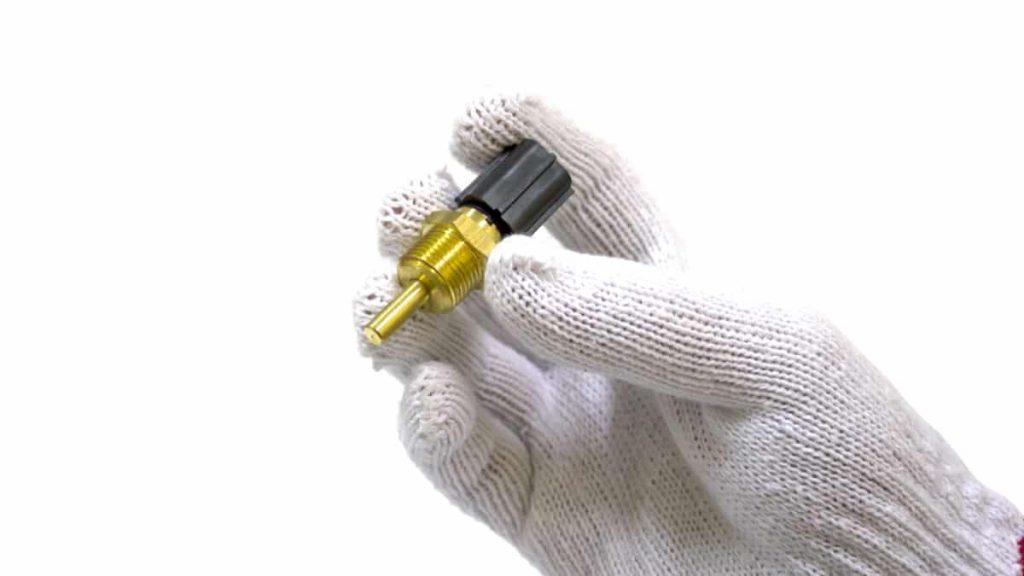
There are many types of coolant temp sensors on the market, so how do you know which one to choose? Here is a quick rundown of the main types of coolants temp sensors available:
- NTC (Negative Temperature Coefficient) Sensors: These sensors are the most common type of coolant temp sensor. They work by resistance, and the resistance decreases as the temperature increases. NTC sensors are typically more accurate than PTC sensors.
- PTC (Positive Temperature Coefficient) Sensors: These sensors work by resistance as well, but the resistance increases as the temperature increases. PTC sensors are not as accurate as NTC sensors, but they tend to be more reliable.
- Thermistor Sensors: These sensors are similar to PTC sensors, but they can give an accurate reading even when the engine is not warmed up yet. Thermistors typically cost more than other types of coolant temp sensors, but they provide a high level of performance and accuracy.
When choosing a coolant temp sensor, it is important to consider the type of engine you have and the conditions under which the sensor will be used. NTC sensors are typically the best choice for most applications, but if accuracy is paramount then a thermistor sensor may be the better option. If you are unsure which type of sensor is best for your needs, consult with a qualified mechanic or engine specialist.
Ultimately, the choice of coolant temp sensor will depend on your needs and preferences as well as the type of engine you have. Do some research to determine which type of sensor is best for your specific vehicle, and be sure to consult with a professional if you have any questions or concerns about choosing the right sensor for your needs.
Coolant Temperature Sensor Replacement Cost

A coolant temperature sensor monitors the temperature of the coolant and sends a signal to the car’s computer. This helps the computer regulate the temperature of the engine by controlling the flow of coolant. If the sensor is not working properly, it can cause the engine to overheat or run too cold.
If your check engine light is on, it could be an indication that your coolant temperature sensor is not working properly. If your engine overheat light is also on, this could indicate that the coolant sensor has failed completely and needs to be replaced.
Replacing a coolant temperature sensor costs between $126 and $156 and takes two hours to complete in most models of car. The price depends on whether your vehicle is equipped with a four, six, or eight-cylinder engine. Labor costs typically run between $52 and $67 while parts are priced at around $74.
If you need to replace your coolant temperature sensor, consider having the work done by a professional mechanic. A qualified technician can fix the issue quickly and efficiently so you can get back on the road. Hiring a professional will also ensure that the job is done correctly, which could save you money in the long run. Though if you’re enthusiastic about doing this work yourself and have a little experience and knowledges in mechanic, it is not that difficult to perform yourself. We will provide you a simple guide how to replace coolant temperature sensor yourself step by step.
How to Replace Coolant Temperature Sensor Yourself?
The performance of your car’s cooling system depends on the temperature sensor. It monitors coolant temperature, controlling it for optimal thermal efficiency and safety. The temperature sensor receives information from one or more sensors in order to determine when the engine is cold, hot or at normal operating temperatures. If there is a problem with this sensor, you will likely see one or more of the symptoms described above:
If you are experiencing any of these issues, it is time to replace your coolant temperature sensor. Fortunately, this is a relatively easy task that you can do yourself with a few tools and a little bit of know-how.
Here is a step-by-step guide on how to replace your coolant temperature sensor:
Step 1.
Locate the sensor. The coolant temperature sensor is usually located near the thermostat housing or radiator. Consult your car’s owners manual if you are having trouble finding it.
Step 2.
Disconnect the negative battery cable to avoid getting shocked during the removal process.
Step 3.
Remove any bolts or other fasteners that are holding the sensor in place, using a wrench or ratchet set. You may also need to detach electrical connectors from the sensor. Take care not to damage them when you remove them.
Step 4.
Pull the sensor out of its location and discard it.
Step 5.
Insert the new sensor into place, making sure that it is properly seated. Reattach any bolts or fasteners that you removed in Step 3.
Step 6.
Reconnect the negative battery cable.
Step 7.
Start the engine and let it idle for a few minutes. Check the temperature gauge to make sure that it is working properly. If it is not, consult your car’s owners manual or a professional mechanic for further assistance.
You have now successfully replaced your coolant temperature sensor. By following these simple steps, you can save yourself time and money by avoiding a trip to the mechanic and having to pay for professional repairs.

